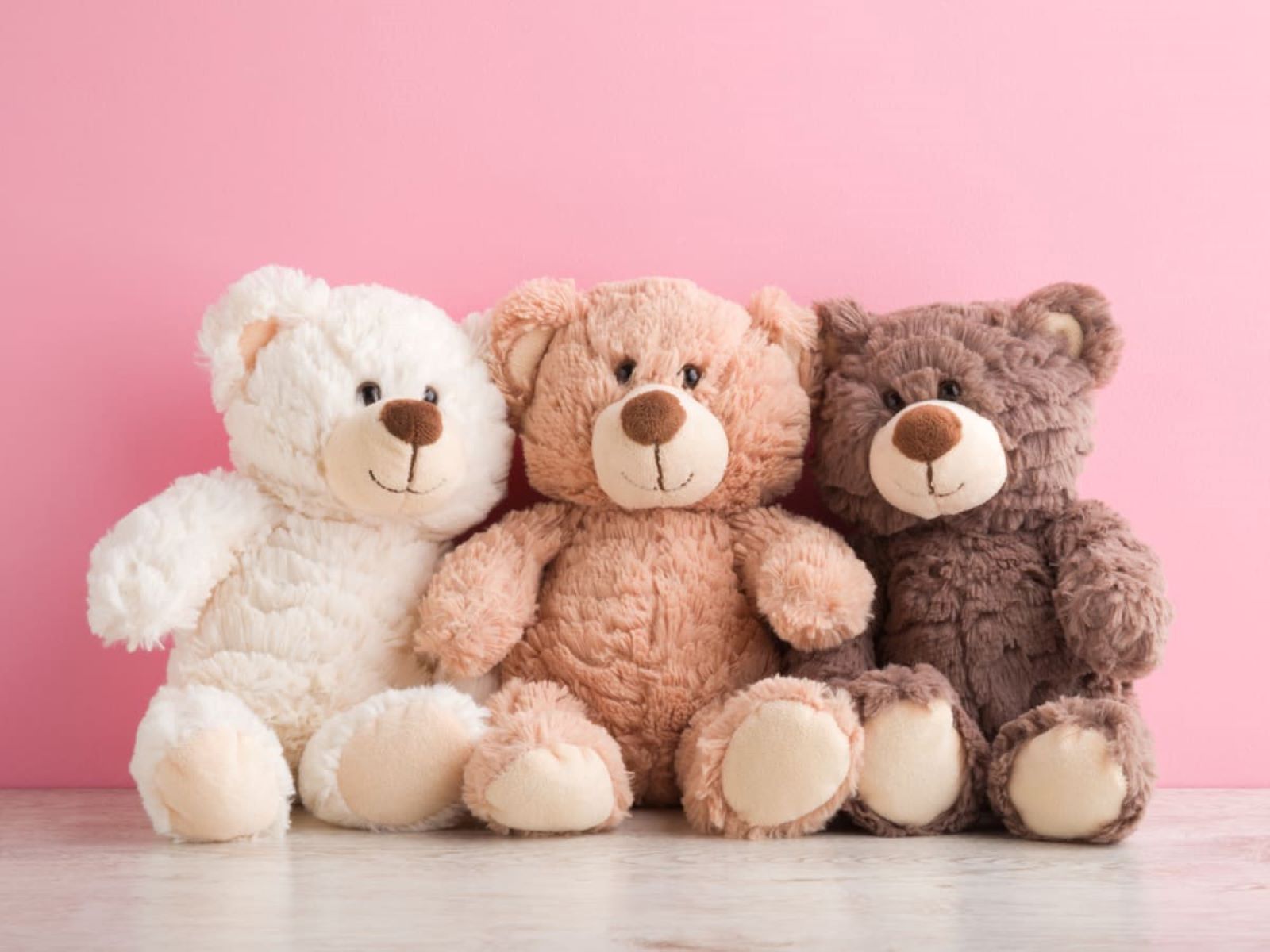

Articles
How To Store Teddy Bears
Modified: February 11, 2024
Learn the best way to store your beloved teddy bears with our helpful articles. Keep your precious collectibles safe and well-preserved for years to come.
(Many of the links in this article redirect to a specific reviewed product. Your purchase of these products through affiliate links helps to generate commission for Storables.com, at no extra cost. Learn more)
Introduction
Welcome to the world of teddy bears! These fuzzy, cuddly creatures have been a beloved companion for people of all ages for over a century. Whether you have a collection of antique teddy bears or a few cherished favorites, proper storage is essential to preserve their beauty and sentimental value.
In this article, we will guide you through the process of storing teddy bears, ensuring that they remain in the best possible condition for years to come. We will explore the importance of choosing the right storage space, cleaning and preparing teddy bears for storage, properly packing and wrapping them, selecting appropriate containers, storing them in a climate-controlled environment, avoiding common storage mistakes, and providing tips to maintain their pristine condition.
By following these guidelines, you can ensure that your precious teddy bears stay safe, clean, and ready for future hugs.
Key Takeaways:
- Proper storage of teddy bears involves choosing the right space, cleaning, packing, and storing in a climate-controlled environment. Regular inspection and care ensure their longevity and preservation.
- By following storage guidelines, teddy bears can remain safe, clean, and ready to provide comfort and joy for generations to come. Proper care and attention during storage preserve their sentimental value and cherished memories.
Read more: What Is A Teddy Bear Picnic
Choosing the Right Storage Space
When it comes to storing teddy bears, the first step is to choose an appropriate storage space. The ideal environment should be cool, dry, and free from humidity, direct sunlight, and fluctuations in temperature. Here are some factors to consider:
- Temperature: Aim for a stable temperature between 60-70°F (15-21°C). Extreme temperatures can damage the fabric and even melt the stuffing or adhesives used in the teddy bears.
- Humidity: Excess moisture can lead to mold and mildew growth, causing irreparable damage. Maintain a humidity level of 40-50% to prevent these issues.
- Light: Direct sunlight exposure can fade the colors and make the fabric brittle. Therefore, choose a storage space away from windows or use blackout curtains to protect your teddy bears.
- Cleanliness: Ensure that the storage area is clean and free from dust, dirt, and pests. Avoid storing teddy bears in basements or attics, as these areas are more prone to moisture and pests.
If storing the teddy bears in a closet, place them on a shelf or in airtight containers to protect them from potential damage. Make sure the area is well-ventilated to prevent any buildup of odors. If using containers, avoid using plastic bags, as they can trap moisture and lead to mold growth.
Additionally, consider the accessibility of the storage space. You may want to retrieve your teddy bears for display or playtime, so choose a location that allows for easy retrieval without causing unnecessary handling or potential damage.
By carefully selecting the right storage space, you can provide the optimal conditions to protect your beloved teddy bears from the elements and ensure their longevity.
Cleaning and Preparing Teddy Bears for Storage
Before storing your teddy bears, it’s essential to clean and prepare them properly. This will help remove any dirt, dust, or bacteria that might be present and prevent potential damage during storage. Here are some steps to follow:
- Inspect the Teddy Bears: Before cleaning, closely inspect each teddy bear for any signs of damage, such as loose seams, missing buttons, or ripped fabric. Repair any minor damages or consider professional restoration for valuable or antique teddy bears.
- Dry Cleaning: If your teddy bears have delicate or intricate details, it’s best to opt for a dry cleaning method. You can use a gentle surface cleaner suitable for fabrics and follow the instructions carefully. Avoid submerging the entire teddy bear in water.
- Surface Cleaning: For teddy bears that can withstand a gentle hand wash, fill a basin or sink with lukewarm water and a mild detergent. Gently agitate the water and use a soft cloth or sponge to clean the surface of the teddy bear. Be mindful of any areas with glued-on parts or delicate features.
- Drying: After cleaning, gently squeeze out any excess water without twisting or wringing the teddy bear. Place it on a clean towel or use a hairdryer on the lowest heat setting to dry the plush toy completely. Ensure it is thoroughly dry before proceeding to the next step to prevent mold or mildew growth.
- Brushing: Once the teddy bear is dry, use a soft-bristled brush or a clean toothbrush to gently fluff the fur and remove any remaining dust or dirt particles. Brush in the direction of the fur to avoid damaging the plush material.
Before storing, consider placing each teddy bear in a clean, breathable cotton pillowcase or cloth bag to protect it from dust. Avoid using plastic bags, as they can potentially trap moisture and lead to mold growth.
Remember, it’s essential to handle teddy bears with clean hands to avoid transferring oils and dirt onto the fabric. If necessary, wear gloves to minimize contact while handling the teddy bears during the preparation process.
By properly cleaning and preparing your teddy bears for storage, you can ensure that they remain pristine and fresh until it’s time to bring them out for display or play again.
Properly Packing and Wrapping Teddy Bears
To protect your teddy bears from potential damage while in storage, it’s crucial to pack and wrap them properly. Here are some guidelines to follow:
- Wrap Individually: To prevent any friction or potential damage from contact with other items, wrap each teddy bear individually. Use acid-free tissue paper or soft, breathable cloth to provide a protective barrier.
- Stuff the Teddy Bears: Avoid storing teddy bears in a compressed or flattened state, as this can cause the stuffing to shift and lose their shape. To maintain the teddy bear’s form, stuff it with acid-free tissue paper or soft stuffing material.
- Pose or Position: If your teddy bears have movable limbs, consider posing them in a natural and relaxed position before wrapping. This will help maintain their original shape and prevent any stress on the seams or joints.
- Secure with Ribbon or Twine: Once wrapped, secure the cloth or tissue paper around the teddy bear with a non-acidic ribbon or twine. Avoid using rubber bands, as they can potentially leave marks or damage the fabric over time.
- Scented Sachets: To keep your teddy bears smelling fresh, consider adding scented sachets like lavender or dried herbs to the storage containers. However, ensure that the sachets do not come into direct contact with the teddy bears to prevent any potential discoloration or staining.
Additionally, label each wrapped teddy bear with a small tag or marker indicating its name or any relevant information. This will make it easier to identify and retrieve specific teddy bears without having to unwrap and search through all of them.
When placing the wrapped teddy bears in the storage containers, ensure that they are arranged in a way that minimizes pressure on any delicate parts or features. Avoid overcrowding the container, as this can lead to compression and potential damage to the teddy bears.
Remember, the goal of packing and wrapping teddy bears is to provide them with a protective barrier against dust, light, and potential impacts. By following these guidelines, you can safeguard your beloved teddy bears during their time in storage.
Selecting Appropriate Containers for Storage
Choosing the right containers for storing your teddy bears is crucial to ensure their safety and longevity. Here are some factors to consider when selecting containers for teddy bear storage:
Material: Opt for containers made of durable materials such as acid-free cardboard boxes, plastic containers, or breathable fabric storage bags. Avoid using containers made of materials that may release harmful gases or cause damage to the teddy bears, such as PVC or vinyl.
Size: Choose containers that provide enough room for the teddy bears without overcrowding or compressing them. Ensure the containers are large enough to accommodate any additional padding or wrapping materials.
Airtight vs. Breathable: Consider the storage requirements of your teddy bears when deciding between airtight and breathable containers. Airtight containers can help keep out dust, moisture, and pests, while breathable fabric storage bags allow for better air circulation. Evaluate the needs of your collection and the storage environment to make the appropriate choice.
Stackability: If space is limited, look for containers that are stackable to maximize vertical storage. Ensure that the containers are sturdy enough to support the weight of the teddy bears without collapsing or causing damage.
Labeling: To easily identify the contents of each container, label them clearly with the names or descriptions of the teddy bears stored inside. This will prevent unnecessary handling of the containers when retrieving specific items.
Accessibility: Consider the frequency of accessing your teddy bears when choosing containers. If you plan to retrieve them often for display or play, opt for containers that allow for easy access without excessive handling or disruption of the stored teddy bears.
When storing teddy bears in plastic containers, place a layer of acid-free tissue paper at the bottom of the container to provide an additional protective barrier. If storing teddy bears in fabric storage bags, ensure they are clean and free from any residue that may transfer onto the teddy bears.
Remember, the containers you choose should provide a safe and suitable environment to protect your teddy bears from external elements, while also being practical for your storage needs.
Store teddy bears in a cool, dry place away from direct sunlight to prevent fading and damage. Avoid storing them in plastic bags, as this can trap moisture and lead to mold growth. Instead, use a breathable fabric bag or box for protection.
Read more: How To Store Gummy Bears
Storing Teddy Bears in a Climate-Controlled Environment
Creating a climate-controlled environment for storing your teddy bears is essential to ensure their preservation and prevent damage caused by temperature and humidity fluctuations. Here are some tips for maintaining a stable environment:
Temperature: It’s important to store your teddy bears in an area with a stable temperature. Extreme heat or cold can damage the fabric, weaken the stuffing, and even cause adhesive to melt. Aim for a temperature range of 60-70°F (15-21°C) to ensure the longevity of your teddy bears.
Humidity: Excess humidity can lead to mold and mildew growth, causing irreversible damage to your teddy bears. Maintain a humidity level of 40-50% to prevent these issues. If the storage area is prone to high humidity, consider using a dehumidifier or desiccant packs to absorb moisture.
Avoid Direct Sunlight: Direct exposure to sunlight can fade the colors of your teddy bears and make the fabric brittle over time. Therefore, it’s important to store them away from windows or use blackout curtains to block out UV rays.
Air Circulation: Good air circulation is essential for maintaining a healthy storage environment. Ensure there is proper ventilation in the storage area to prevent the buildup of moisture and odors. Avoid storing teddy bears in airtight containers for extended periods as this can trap humidity and result in mold growth.
Consider Climate-Controlled Storage Units: If you live in an area with extreme temperature or humidity fluctuations, or if you have valuable or delicate teddy bears, consider renting a climate-controlled storage unit. These units are equipped with temperature and humidity controls, ensuring optimal conditions for your collection of teddy bears.
Regularly monitoring the temperature and humidity levels in the storage area is necessary to ensure that the environment remains within the appropriate range. Digital hygrometers and thermometers can be used to measure and track these conditions. Make adjustments as needed to maintain a stable climate for your teddy bears.
By storing your teddy bears in a climate-controlled environment, you can protect them from the damaging effects of temperature and humidity fluctuations, ensuring their longevity and preserving their beauty for years to come.
Avoiding Common Mistakes in Teddy Bear Storage
When it comes to storing your cherished teddy bears, it’s important to avoid common mistakes that could potentially damage or degrade their condition. Here are some common mistakes to avoid:
Exposure to Moisture: One of the most common mistakes is storing teddy bears in areas prone to moisture, such as basements or attics. Moisture can lead to mold, mildew, and fabric deterioration. Keep your teddy bears away from areas where they can come into contact with water or excessive humidity.
Poor Cleaning Techniques: Improper cleaning techniques can cause damage to your teddy bears. Avoid using harsh chemicals or submerging them in water if the material is not meant to be washed. Follow the cleaning guidelines specific to the teddy bear’s material to ensure a gentle and effective cleaning process.
Improper Handling: Rough handling during storage can lead to tears, loose seams, or detached accessories. Always handle your teddy bears with care, using clean hands or gloves to prevent transfer of oils and dirt. Avoid excessive squeezing, stretching, or pulling on the fabric or limbs.
Inadequate Protection: Failing to properly wrap and protect your teddy bears can result in dust accumulation, color fading, or damage from environmental factors. Use acid-free tissue paper or soft, breathable cloth to wrap each teddy bear individually. Ensure they are stored in containers that provide adequate protection from dust, light, and pests.
Incorrect Storage Position: Storing teddy bears in positions that put stress on their joints or limbs can lead to damage over time. Avoid storing them in compressed or flattened positions for extended periods. Consider supporting limbs with acid-free tissue paper or soft stuffing to maintain their shape.
Insufficient Documentation: Neglecting to document important information about your teddy bears can make it challenging to identify and retrieve specific pieces when needed. Label each wrapped teddy bear with their name or description and keep a record of their details to facilitate easy access and organization.
Inadequate Pest Control: Pests like moths and rodents can cause extensive damage to your teddy bears. Implement proper pest control measures such as placing mothballs or silica gel packets in storage containers and regularly inspecting the storage area for signs of infestation.
By avoiding these common mistakes, you can ensure that your teddy bears remain in optimal condition during their time in storage, preserving their beauty and sentimental value for future generations to enjoy.
Tips for Maintaining Teddy Bears in Storage
While teddy bears are in storage, it’s important to take certain precautions to ensure their continued preservation and longevity. Here are some tips for maintaining your teddy bears in storage:
Regular Inspection: Periodically inspect your teddy bears to check for any signs of damage, such as loose seams, fabric discoloration, or pest infestation. Catching these issues early can prevent further damage and allow for timely repairs.
Keep Them Dry: Moisture is a common enemy of teddy bears. Ensure that the storage area remains dry and free from excessive humidity. If necessary, use moisture-absorbing products like silica gel packets or dehumidifiers to maintain optimal conditions.
Rotate: Avoid leaving your teddy bears in the same position for an extended period. Periodically rotate and reposition them to distribute any pressure and prevent flattening or distortion of the stuffing or shape.
Avoid Extreme Temperature Changes: Teddy bears are sensitive to extreme temperature fluctuations. Avoid exposing them to rapid changes in temperature, as it can cause the fabric to weaken or the stuffing to flatten or shift. Store them in a controlled environment with a consistent temperature.
Handle with Clean Hands: When handling teddy bears during storage retrieval or inspections, ensure that your hands are clean and free from oils or dirt. Wearing gloves is also recommended to minimize direct contact and potential transfer of contaminants.
Refreshen Scent: Over time, teddy bears may absorb odors from the storage surroundings. To keep them smelling fresh, you can occasionally air them out or place scented sachets in the storage containers. However, make sure the sachets do not come into direct contact with the teddy bears to avoid any potential staining.
Avoid Overcrowding: Give your teddy bears enough space to breathe and prevent compression or deformation. Avoid overcrowding the storage containers, as this can lead to unnecessary pressure on the teddy bears and potential damage.
Regular Cleaning: Every 6-12 months, remove the teddy bears from storage and gently brush them with a soft-bristled brush to remove dust and keep the fur looking fresh. Follow the cleaning instructions specific to the teddy bear’s material for more thorough cleaning if needed.
Monitor the Storage Conditions: Regularly check the temperature, humidity levels, and overall condition of the storage area to ensure that it remains suitable for storing your teddy bears. Make necessary adjustments to maintain a stable and controlled environment.
By following these tips, you can ensure that your teddy bears remain in excellent condition while in storage and continue to bring joy and comfort for many years to come.
Conclusion
Proper storage is crucial to preserving the beauty, sentimental value, and longevity of your beloved teddy bears. By following the guidelines and tips provided in this article, you can ensure that your teddy bears remain in optimal condition while in storage.
Choosing the right storage space, cleaning and preparing your teddy bears, properly packing and wrapping them, selecting appropriate containers, storing them in a climate-controlled environment, and avoiding common storage mistakes are key factors in ensuring their well-being.
Remember to inspect your teddy bears regularly, maintain a dry environment, handle them with clean hands, and take necessary measures to prevent damage from temperature and humidity fluctuations. Additionally, refreshing their scent, avoiding overcrowding, and implementing regular cleaning routines will help maintain their pristine condition.
Your teddy bears are more than just toys; they hold sentimental value and represent cherished memories. By following these storage guidelines, you can ensure that they remain safe, clean, and ready to provide comfort and joy whenever you choose to bring them out.
So, take the time to give your teddy bears the care and attention they deserve during storage, and they will continue to be treasured companions for many generations to come.
Frequently Asked Questions about How To Store Teddy Bears
Was this page helpful?
At Storables.com, we guarantee accurate and reliable information. Our content, validated by Expert Board Contributors, is crafted following stringent Editorial Policies. We're committed to providing you with well-researched, expert-backed insights for all your informational needs.
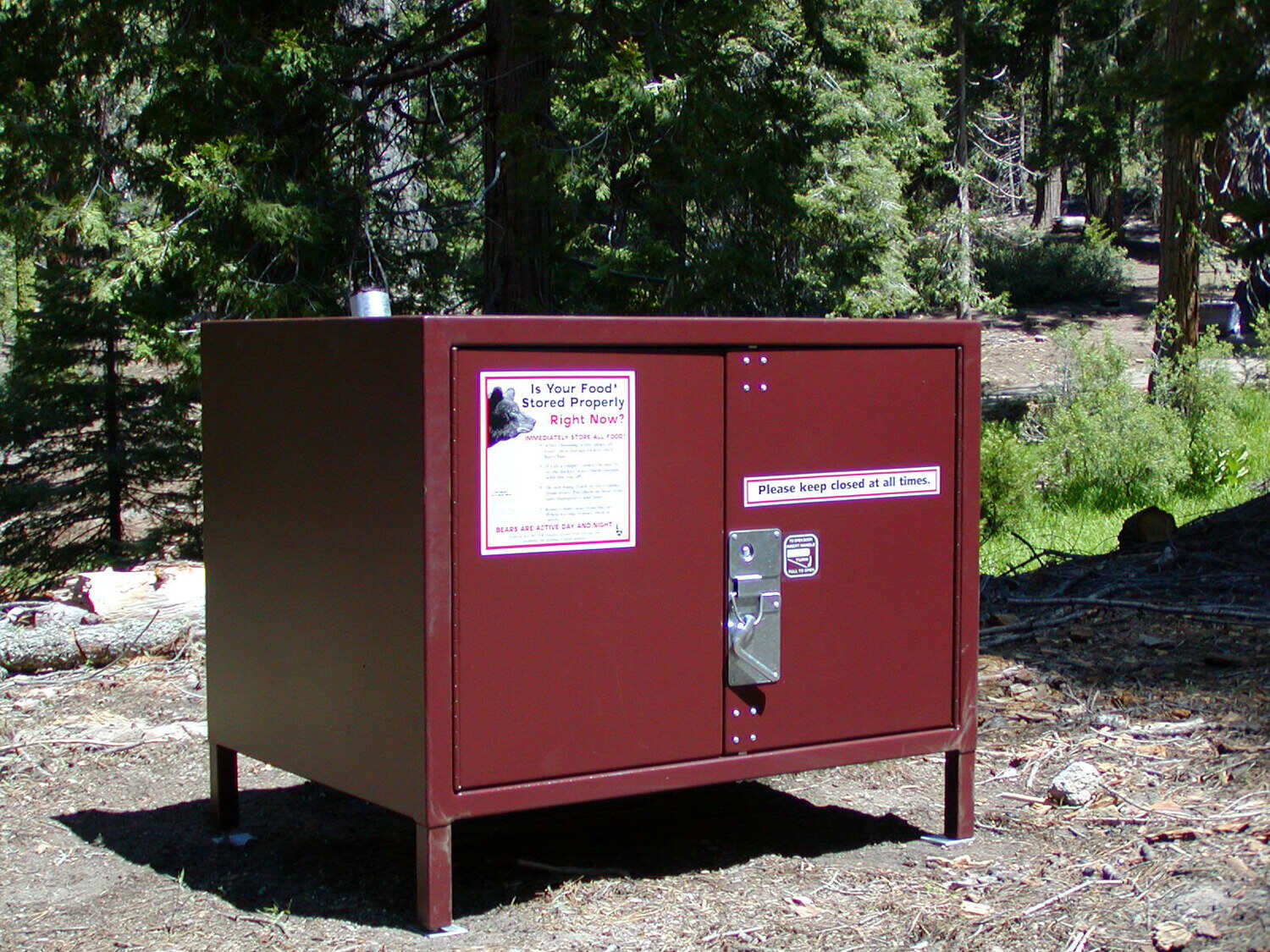
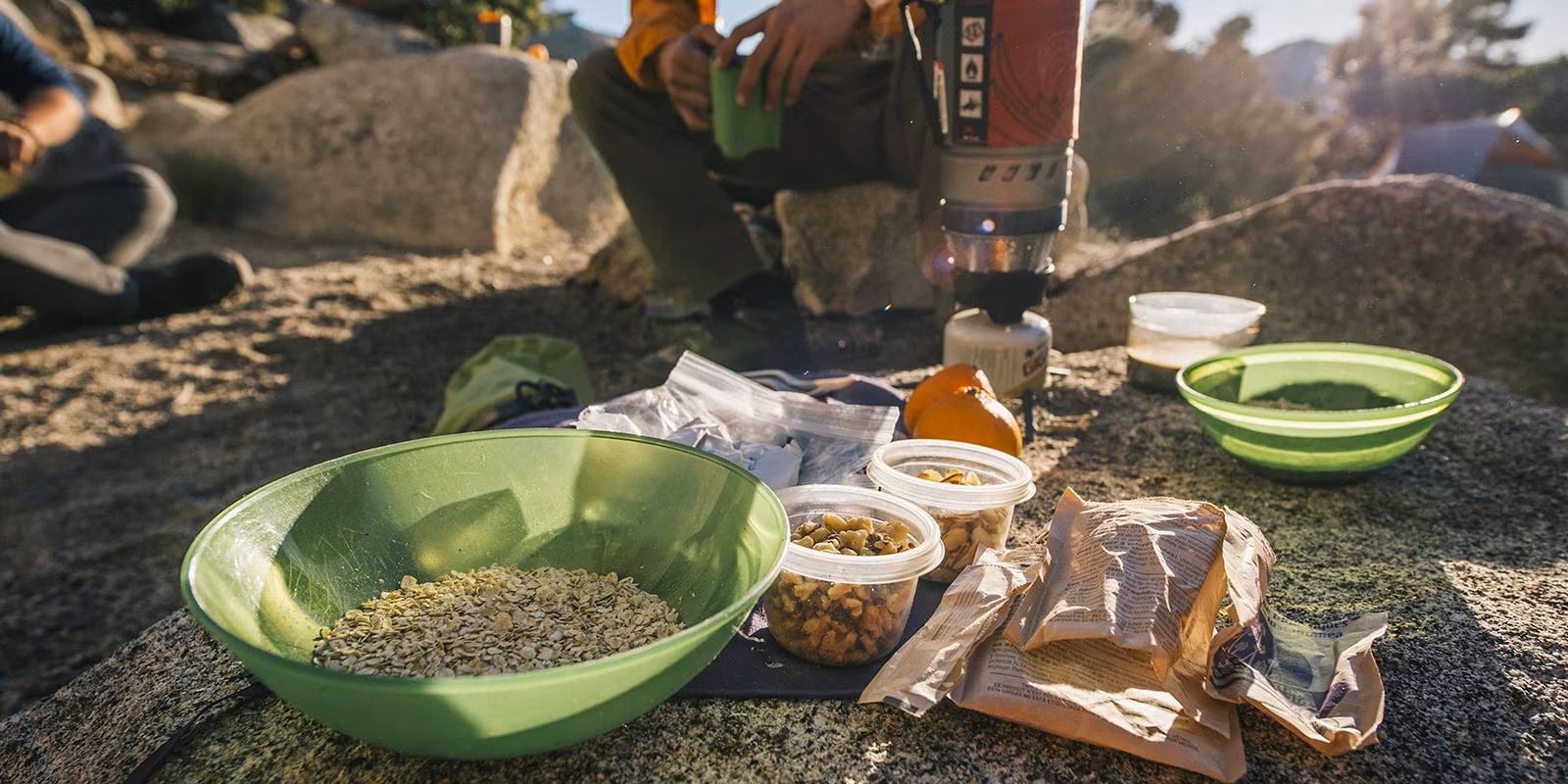
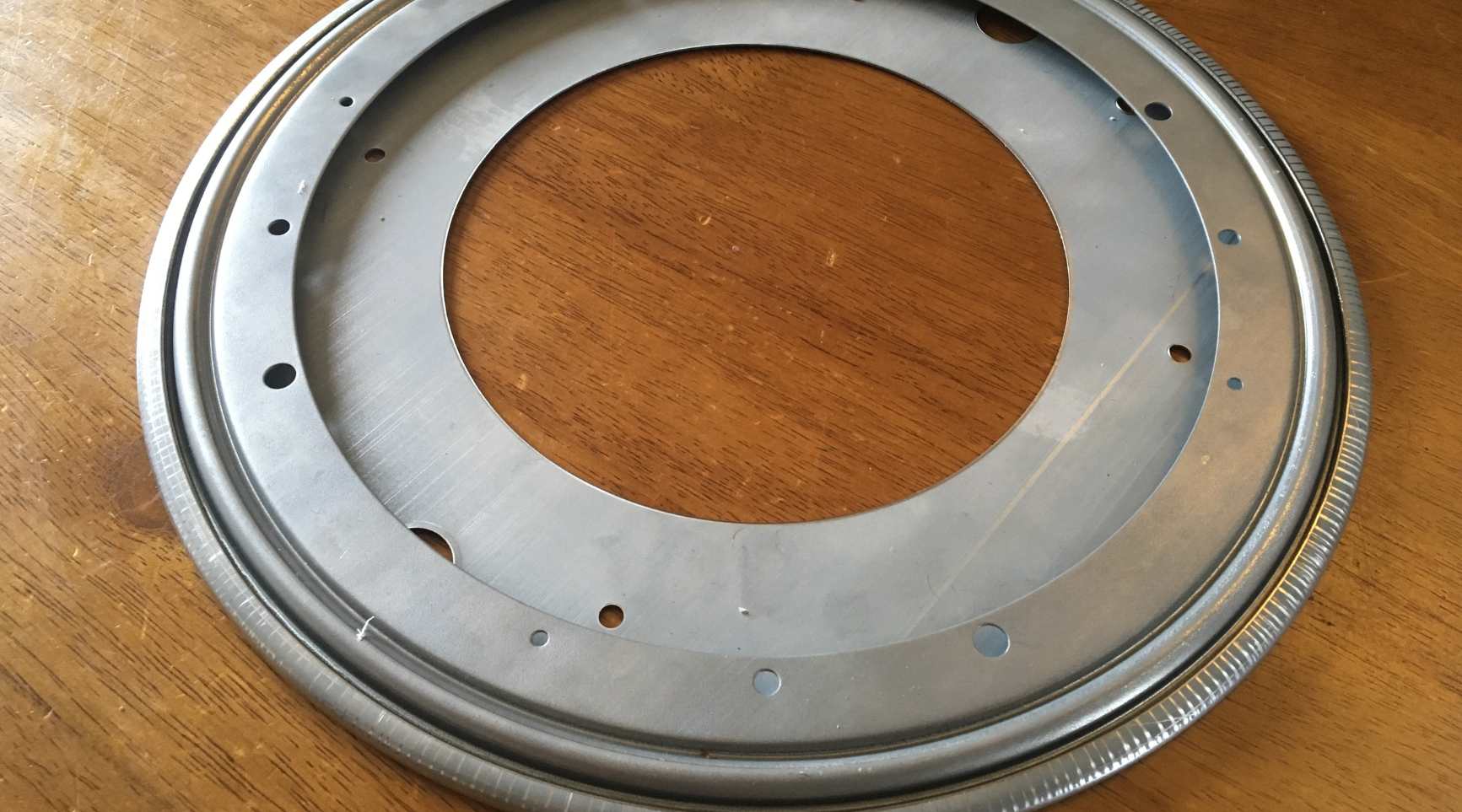
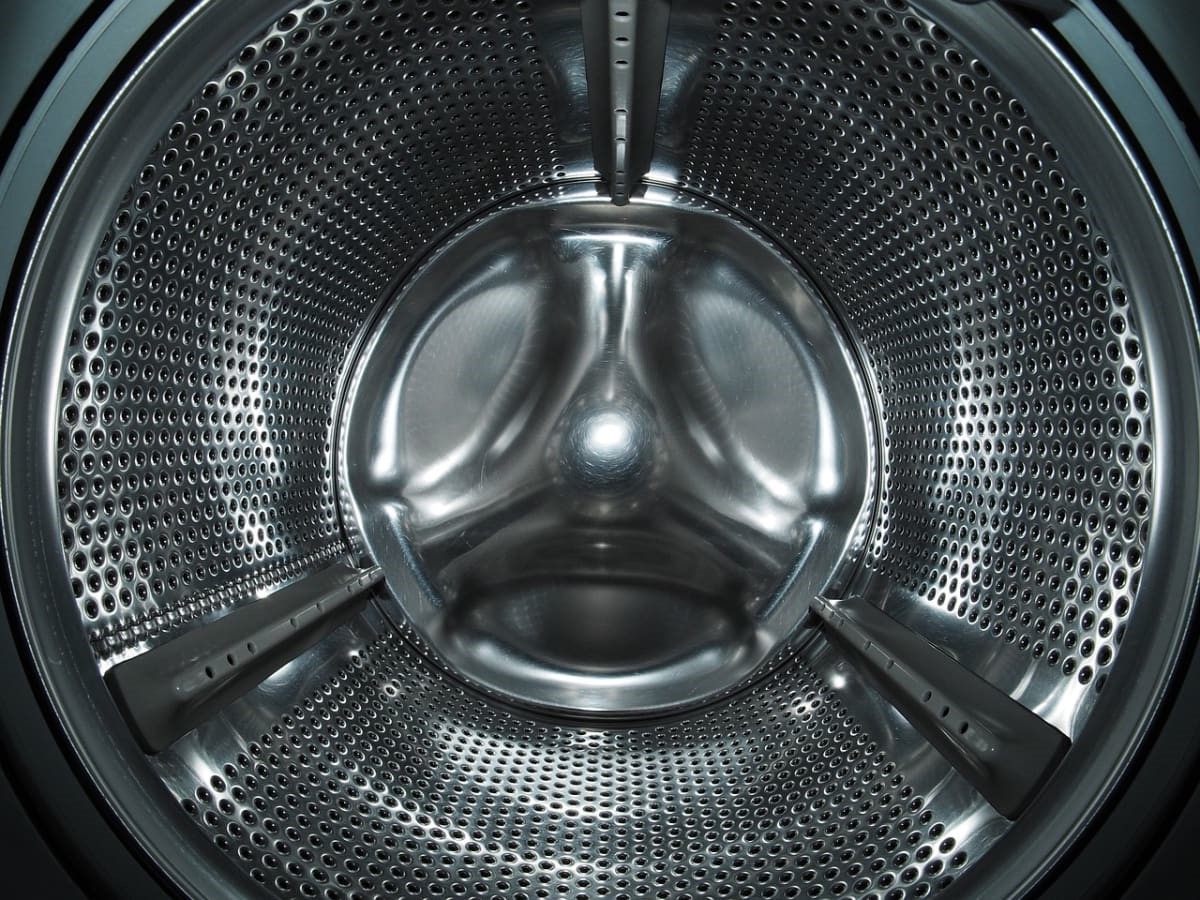
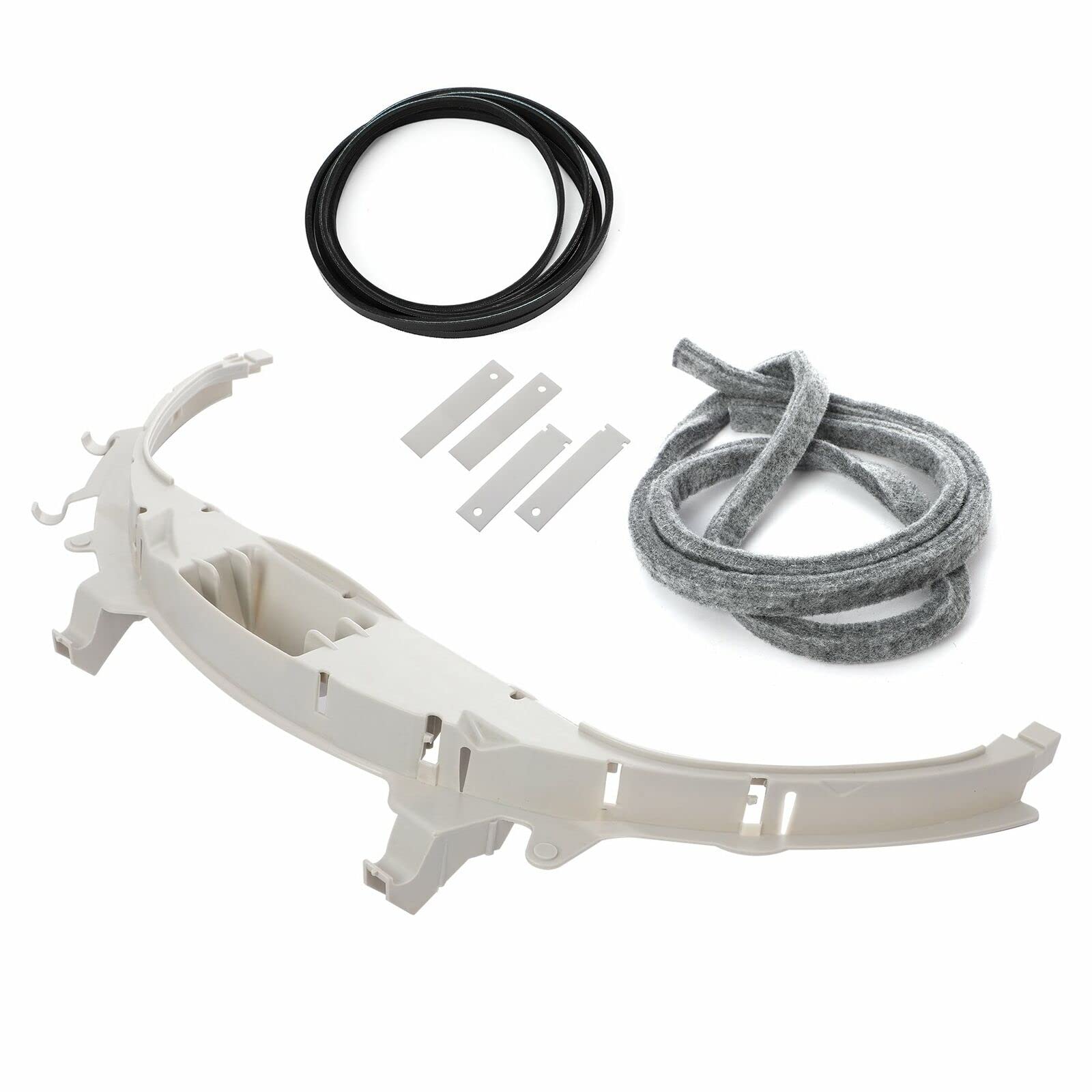

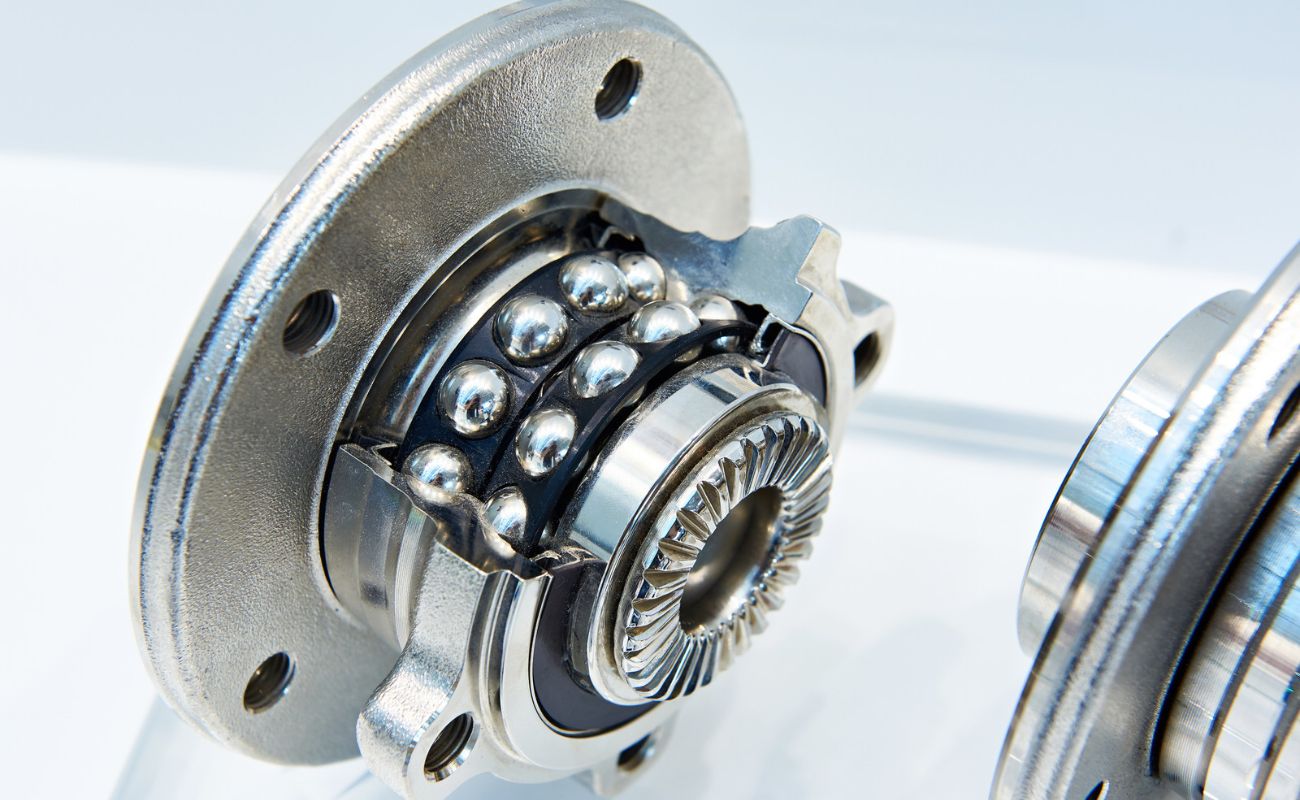
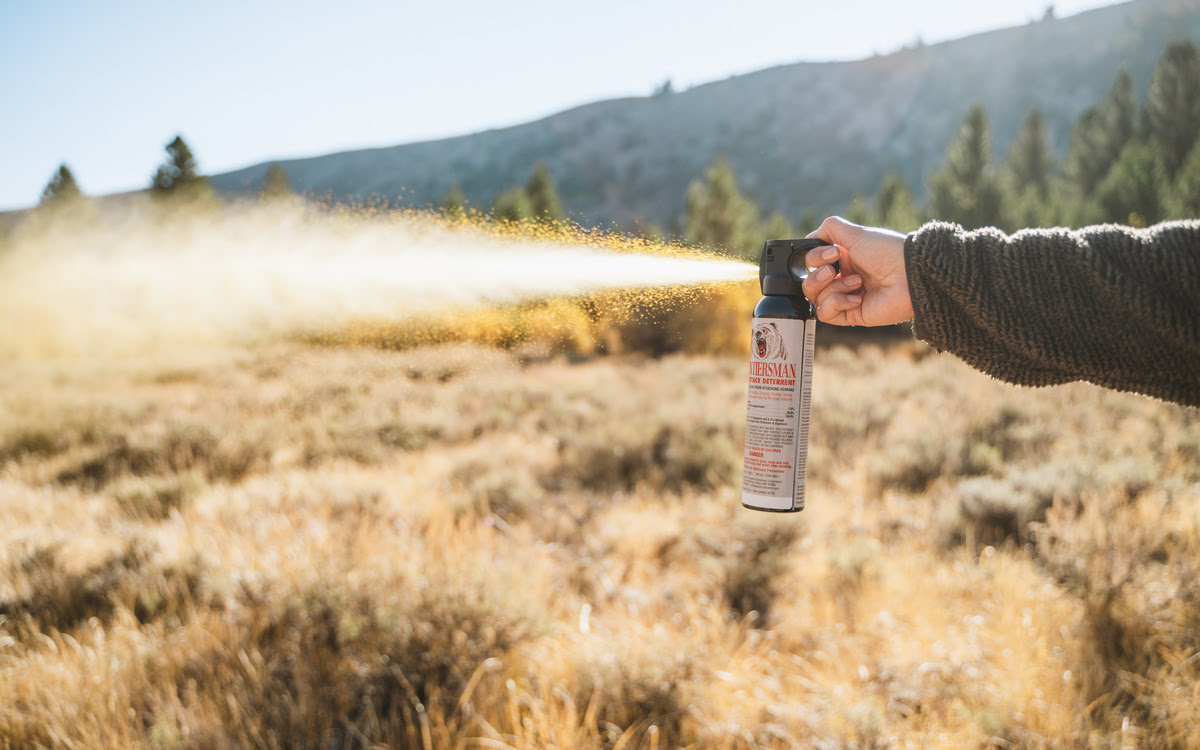
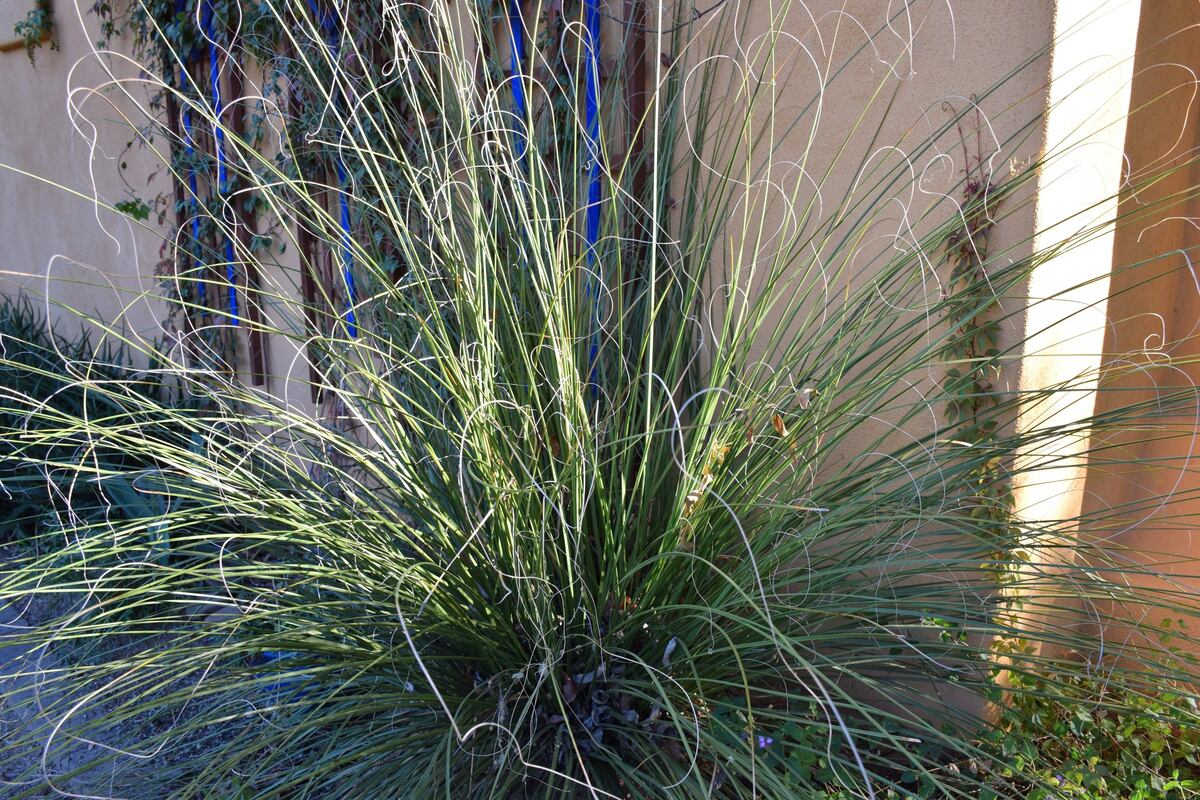
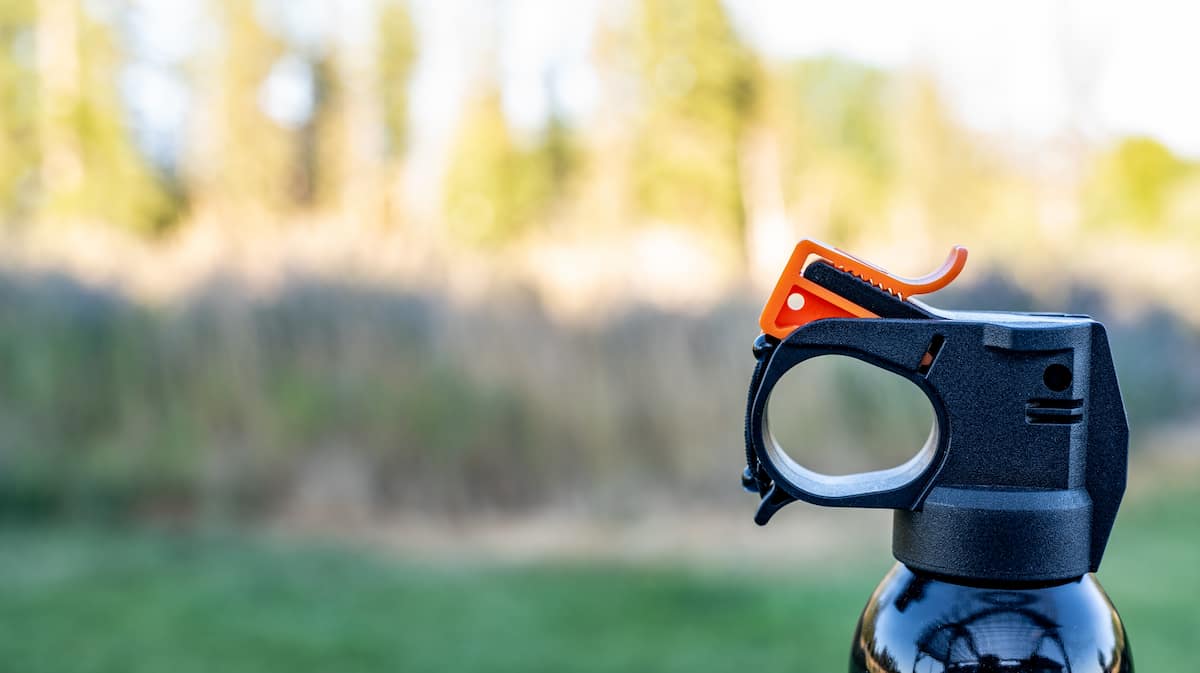
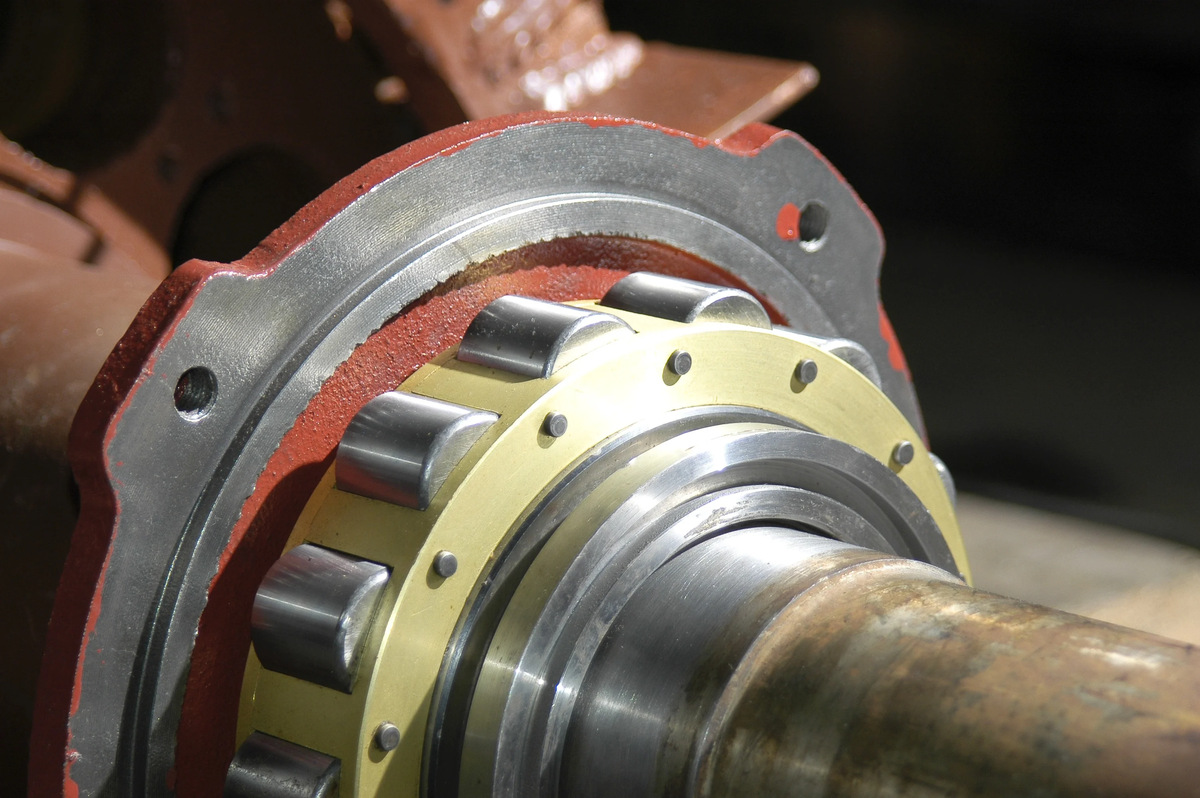
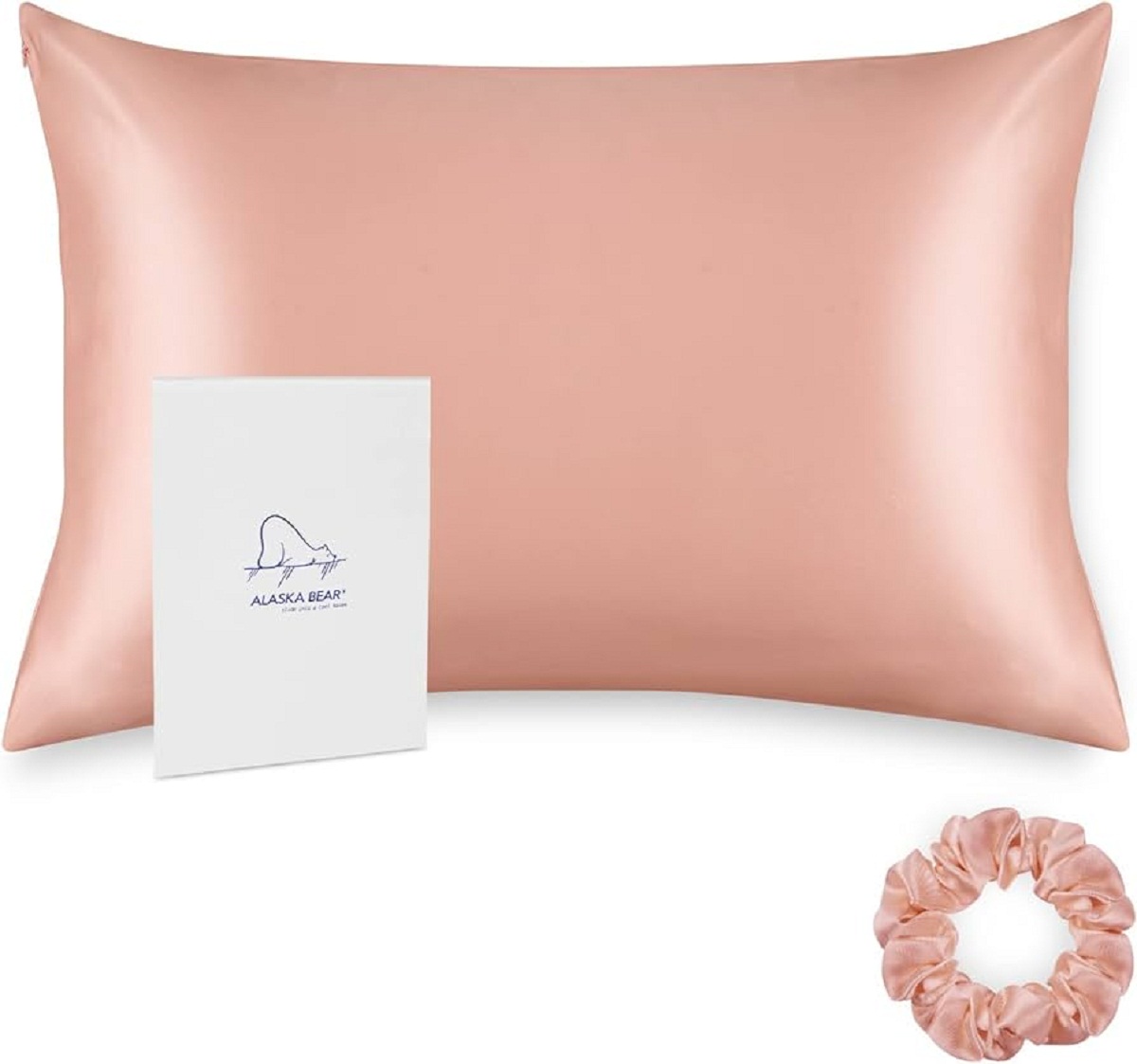
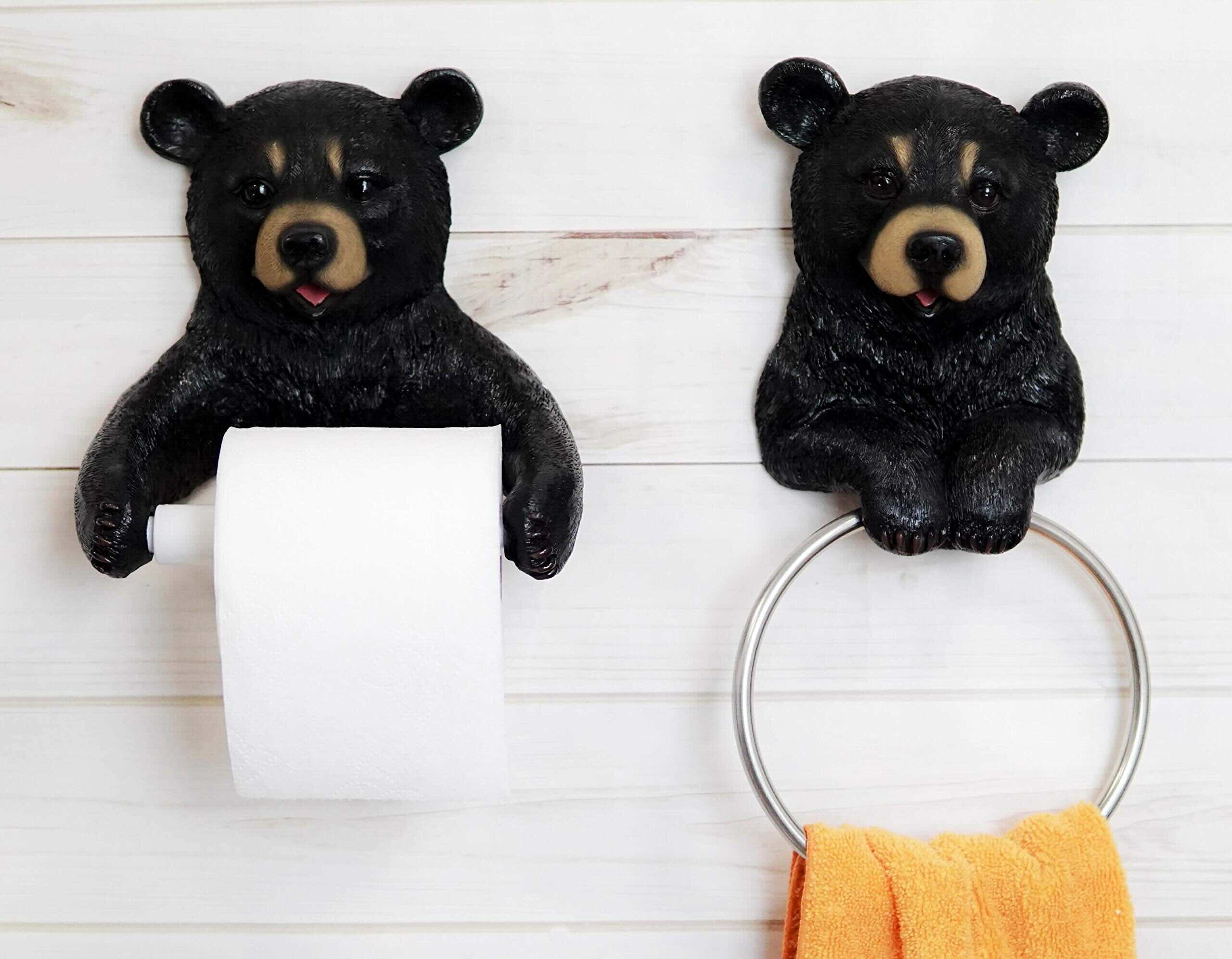
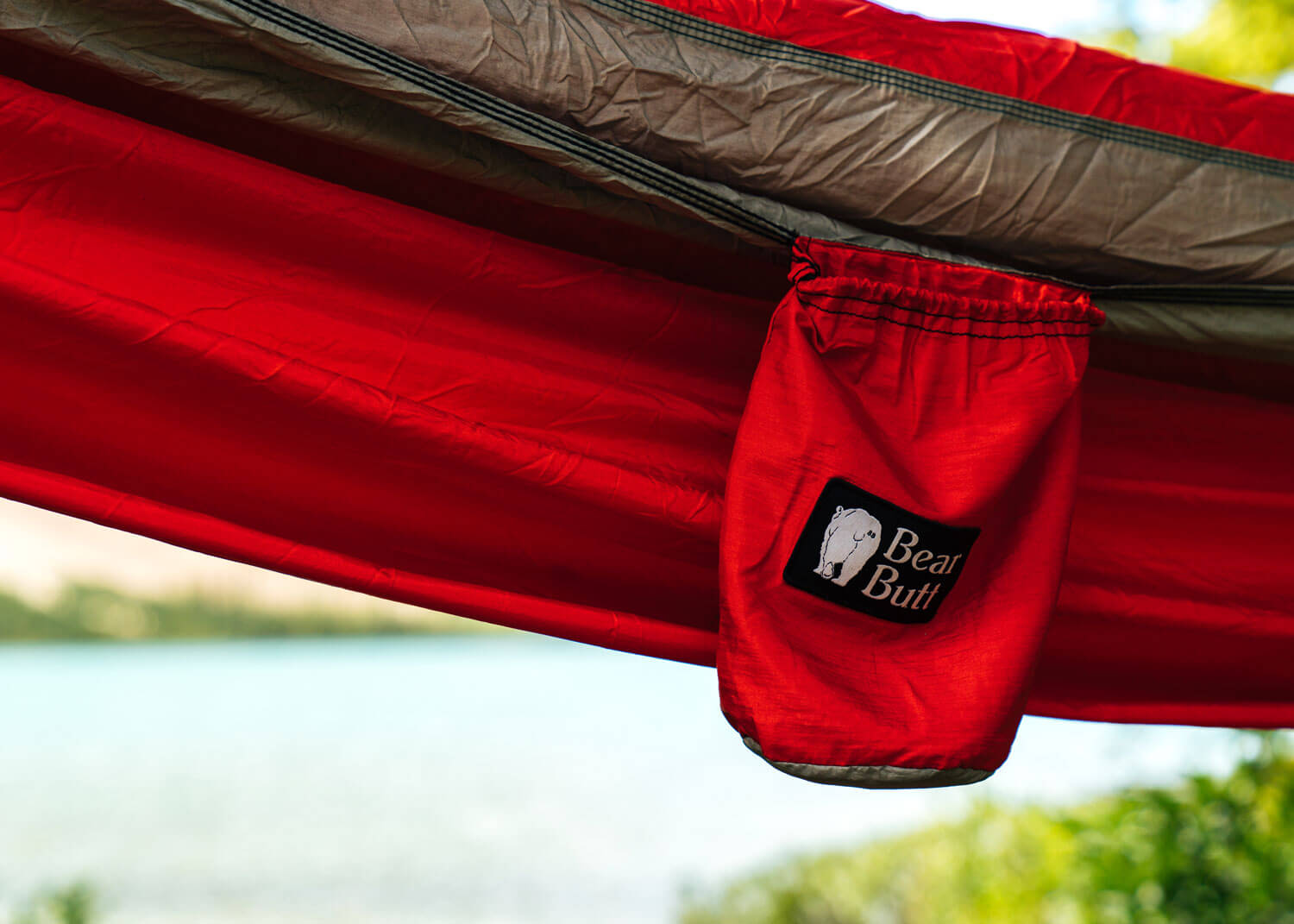

0 thoughts on “How To Store Teddy Bears”